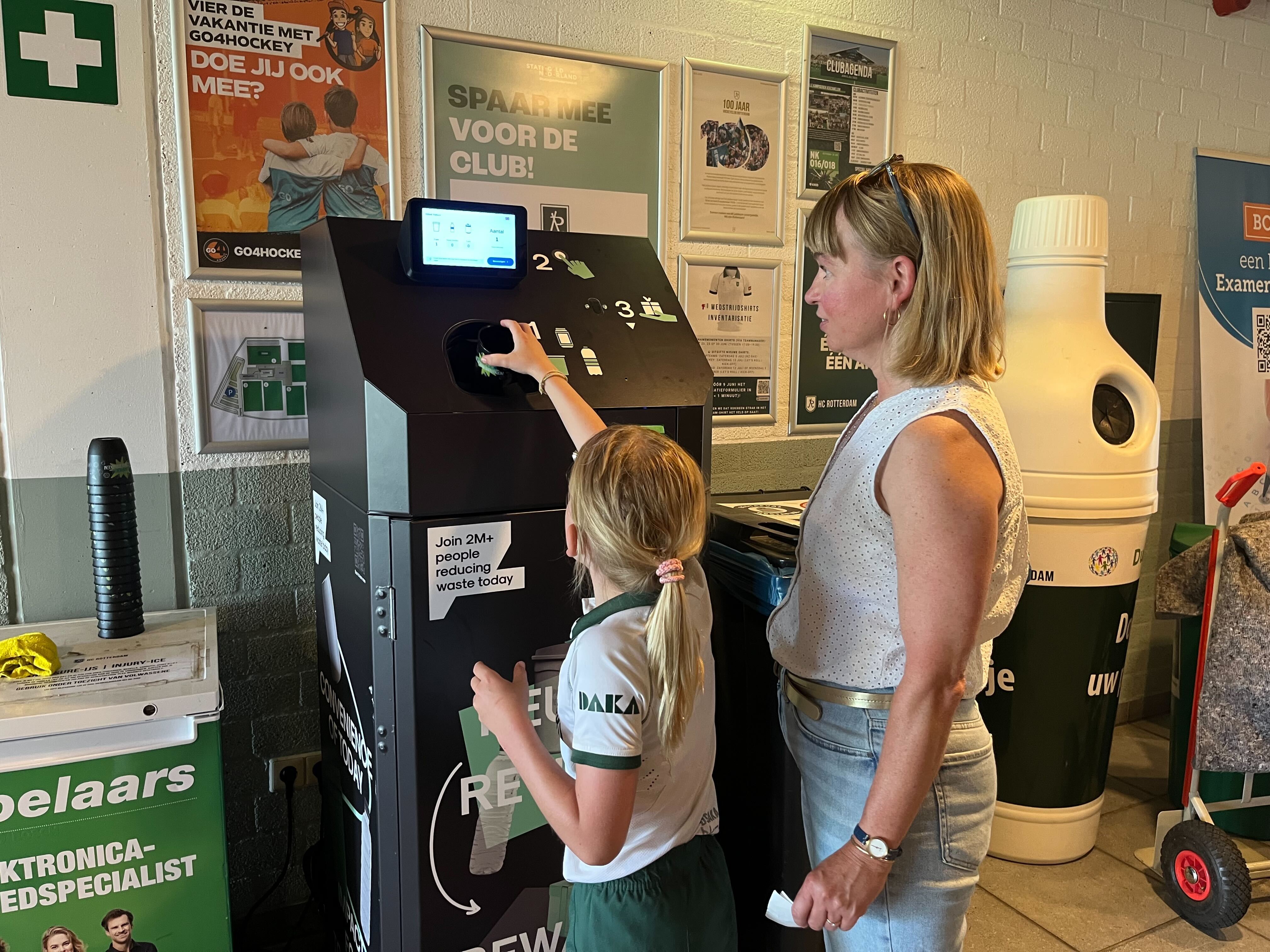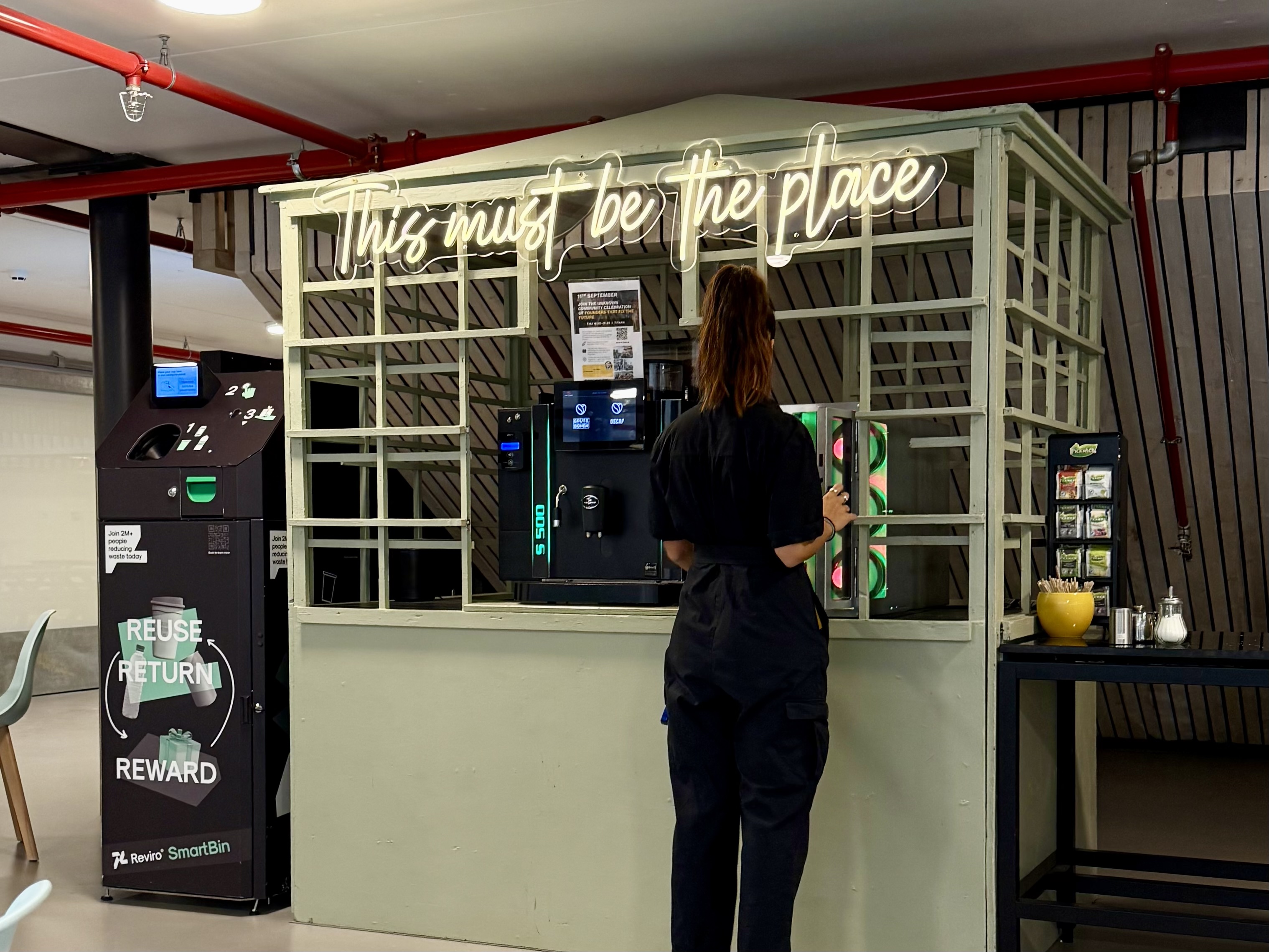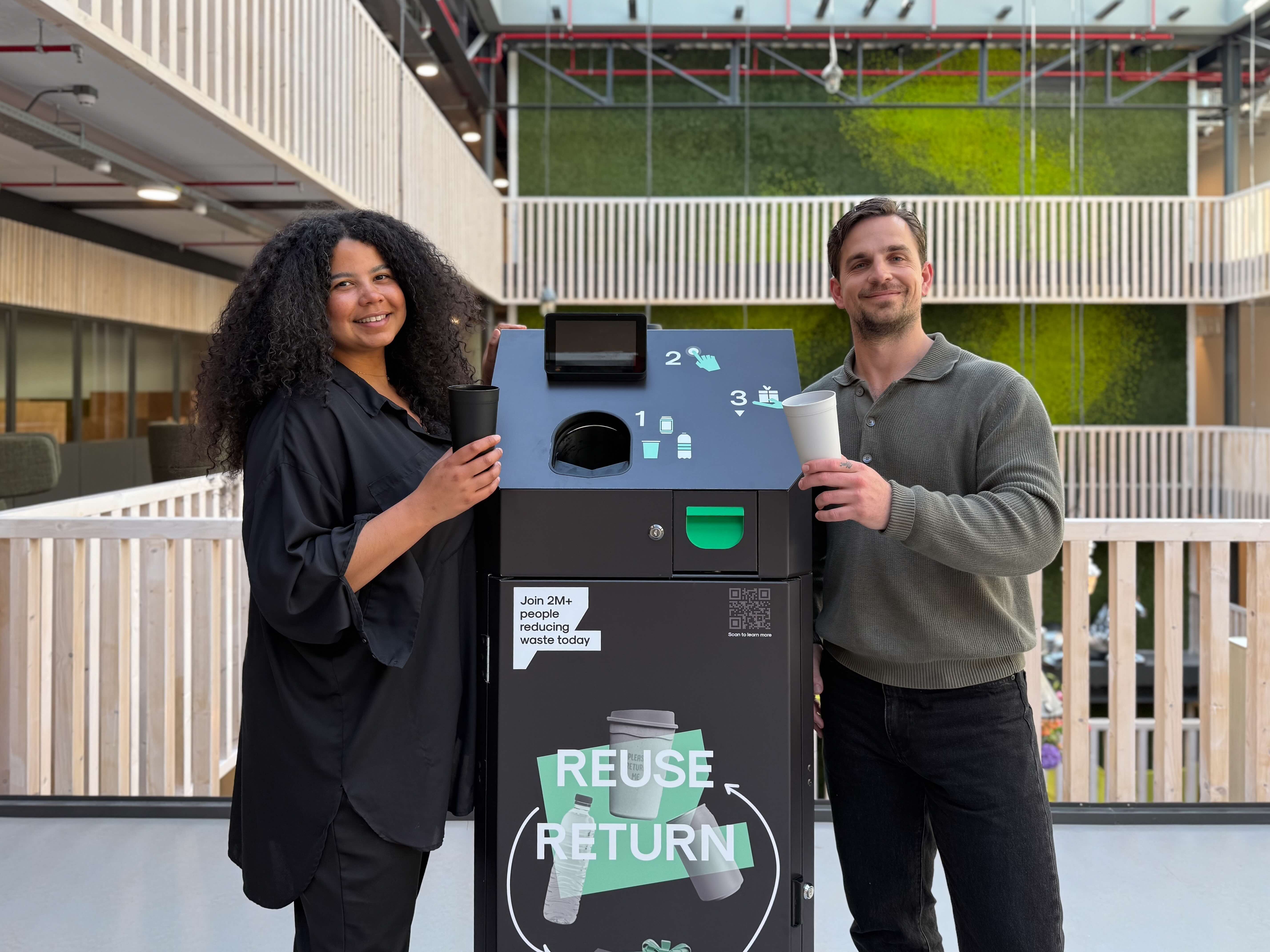At first glance, paper cups look harmless. They’re marketed as a greener alternative to plastic, easy to dispose of, and seemingly recyclable. But the reality is very different: paper cups are not truly paper, and their hidden footprint makes them far less sustainable than many assume.
The hidden plastic in paper cups
Most so‑called paper cups are lined with a thin layer of plastic such as polyethylene, or sometimes a bioplastic like PLA, to make them waterproof. This composite structure prevents the cup from breaking down naturally and makes recycling difficult because the layers must be separated. According to research from the European Environmental Bureau (EEB), less than 1% of paper cups actually get recycled in Europe because separating paper from plastic requires specialized facilities.
European NGOs and researchers call for shifting from single‑use to reuse models for food and drink packaging for precisely this reason (EEB report, 2023).
When exposed to hot drinks, these cups can also release microplastics and chemical residues into the beverage within minutes of contact (research: Microplastic release from single-use plastic beverage cups). That means not only are paper cups environmentally damaging, they also raise health concerns.

SmartBin in the Hockey Club Rotterdam
Why reusable cups perform better
Reusable cups made of polypropylene, stainless steel, or glass quickly outperform disposables when they are actually reused. Public agencies in the Netherlands and Flanders report that the environmental break‑even for a reusable polypropylene cup can be reached after as few as five to ten uses in efficient systems with low loss and efficient washing (OVAM, “Herbruikbare bekers: een goed idee,” 2020 update).
Stainless steel thermos cups may require around 100–200 uses to offset their production, but they can last for years, easily surpassing that threshold.
With each reuse, the impact per drink drops significantly. Instead of repeating the full cycle of raw material extraction, production, transport, and disposal every single time, reusables only incur the cost of cleaning and logistics. One reusable cup can replace hundreds of single-use cups over its lifetime.
Deposit systems: incentivizing return and reuse
Across Europe, festivals, stadiums, and workplaces are adopting deposit return systems for cups. Visitors pay a small deposit that is refunded when the cup is returned, which increases return rates and keeps cups cycling.
PackBack supports this model with SmartBin machines that serve as convenient collection points. People can drop in their cup and reclaim their deposit in seconds, without needing assistance or queuing. This streamlined return flow increases convenience for guests and reduces operational workload for teams.
And that return behavior is critical. The environmental and economic benefits of reuse depend entirely on high return and reuse rates. When cups are returned and reused many times, their footprint per use drops significantly compared to disposables. Independent life-cycle assessments confirm that well-managed reuse systems can outperform single-use models in both CO₂ emissions and waste reduction.
Source: UNEP – LCA of Beverage Cups, 2021
At PackBack, we help quantify reuse in practice. Our analytics dashboard shows how many times each cup has been used, providing partners with clear visibility into system performance and long-term value. When return systems are simple and reliable, reuse succeeds environmentally, operationally, and financially.
The challenges of transition
Transitioning to a reuse system doesn’t happen in isolation. It’s not a matter of swapping one cup for another. It’s a shift in how everything connects - operations, infrastructure, and people. Reuse is a team sport, and success depends on how well each part of the system plays its role.
- It requires coordination. Cups must be durable and traceable. Return flows need to be simple for guests and reliable for staff. Washing processes must meet hygiene standards without slowing down operations. The logistics must run quietly in the background, every day.
- It requires planning. Cup stock needs to be secured. Return infrastructure must be installed and tested. Partners must be aligned on timelines, staff roles, and routines.
- And yes, it requires investment. But it’s an investment that unlocks a system where one cup replaces hundreds. Where the environmental footprint drops, and the cost of disposables stops repeating day after day.
Dutch regulations introduced in 2023–2024 already make reuse the norm for on‑site consumption. For takeaway, operators must meet higher collection rates or offer alternatives. The shift is not only environmentally sound, it’s a compliance and cost-control priority.
And this is where PackBack comes in. We're more than a hardware provider. We’re a full-system partner in reuse, supporting everything from setup to scale. We've helped businesses across sectors adopt reuse systems that are efficient, effective, and sustainable. If your team is preparing for the shift, PackBack is ready to help you lead it.
Seeing the bigger picture and choosing the smarter path forward
Paper cups are not the sustainable solution they appear to be. Hidden plastic layers, recycling challenges, and microplastic pollution make them a short-sighted choice. Reuse systems offer a more credible solution that delivers long-term value across sustainability, operations, and cost efficiency.
For companies, the return on reusables comes in two key ways. On one hand, they reduce waste and CO₂ emissions, supporting clear progress toward climate goals. On the other, they streamline operations and reduce recurring costs over time.
The future is not disposable, it is reusable. With the support of the smart PackBack system, companies can adopt reuse with confidence and make the transition smooth, impactful and scalable.



